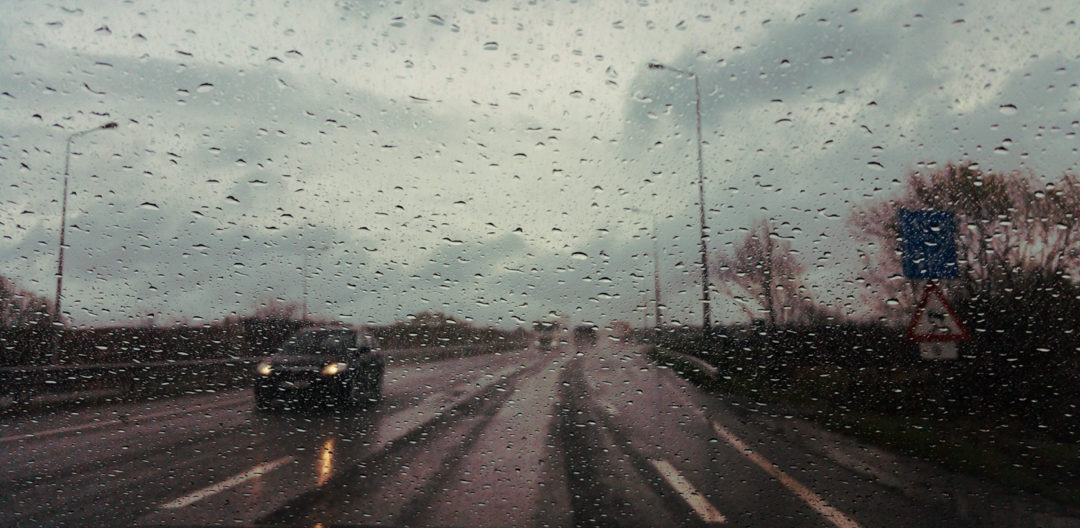In continental Europe, it rains an average of 9% of the time, which may seem a little over a year. However, rain doubles the risk of an accident! One more reason to give you some advice to drive under the rain.
Risk factors
- Changing the grip – used tires at 50% make you lose about 20% of adhesion. When contact with the wet pavement, adhesion loss increases considerably and aquaplaning phenomena may occur.
- An increased focus on tree-lined roads, especially in the curves, because the mixture water/leaf is very slippery.
- Reduced visibility – rain changes the perception of distance and other vehicles. Similarly, overtaking is made difficult by the projected water by other vehicles.
Our advice
In the rain, a single slogan: ANTICIPATE! It means slow down, brake earlier … Speed limits are also lowered in bad weather (rain, snow, fog). Expect the longer braking distance: it can be doubled. Adjust the safety distances.
Turn on the low beam. But do not use the rear fog lights, they dazzle drivers behind you … it’s dangerous and forbidden!
How to avoid aquaplanning ?
Aquaplaning is a loss of control of the vehicle on a road covered with water. To avoid this:
- Slow down even more if heavy rain.
- Keep tires properly inflated and in good condition, replace them when the tread depth is less than 1.6 mm. In any case, your tires get older with time. Do not keep them too long.
- Beware bowls down the road (the water can accumulate).
- See the marks left by other cars (or yours in the mirror): the narrower, the less water is drained from the floor …
Always have windshield wipers clean
The wipers are an important safety feature. Rubber brush is weakened by the action of sunlight. It is desirable to replace them once a year, in the fall. Remember to check the return of warm weather: frost deposited on the windshield glue brushes and can damage or even tear. Feel free to change them when you see non-wiped areas, a veil or streaks, or when they produce judder and noise.
Know, you’re well prepared to drive under the rain !
(Article written with the support of the French Road Safety Association)

